In spite of Oracle Cloud application support the vast majority of the business prerequisites an association could have, practically the greater part of the Oracle Cloud Implementations needs application to be stretched out to best fit explicit business or individual requirements.
The types of changes you can make broadly are as follows:

To make application changes and test them without affecting different clients in the climate, we make sandbox by adding the devices like application writer, page arranger, page format author, appearance and design, for the most part overall. We truly do have a Visual Builder Studio with most recent delivery to broaden application page parts for only certain applications at second (more to be included coming deliveries).
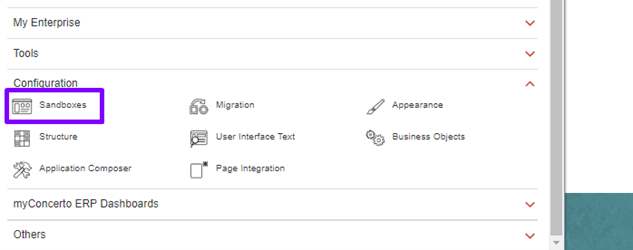
Tools available in Sandbox:
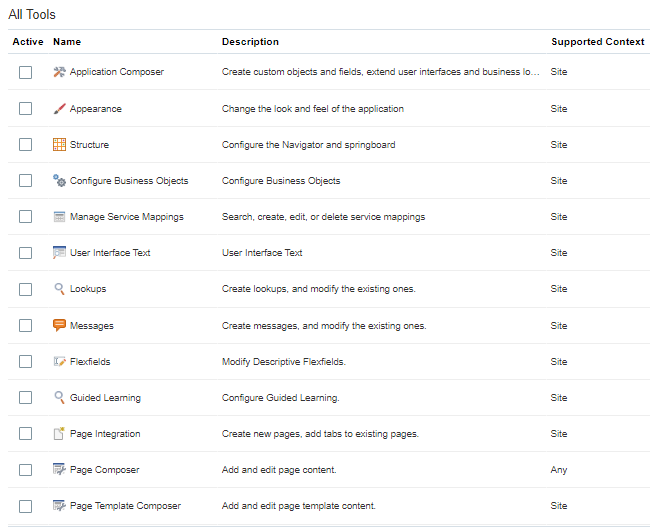
Use these tools and work areas to modify the UI:
- Page Composer: Configure application page components, such as page content, layout, and more for other users.
- Visual Builder Studio: Extend application page components for certain applications.
- Application Composer: Create fields, objects, and relationships between objects.
- User Interface Text: Edit text that appears on multiple pages.
- Appearance: Change the look and feel of the application pages.
- Page Template Composer: Edit global page template.
- Structure: Configure the Navigator and the icons on the home page for navigation.
- Announcement: Create, edit, and delete announcements displayed on the home page.
However, Oracle gives the relocation apparatus to move sandbox changes starting with one case then onto the next, yet it has impediment, because of which we roll out similar improvements in PROD example physically subsequent to testing them in TEST occasion. (In any case, it’s not something very similar with VB Studio, where we can expand the application for the new pages made in Oracle Cloud utilizing VBCS.)
You utilize the Migration page to make a movement set and commodity it from the source climate, and afterward import it into the objective climate. A movement set is a JAR document that contains every one of your designs across all item families, for example, Oracle Metadata Services store, JEDI, CRM, and BI. Transforms you send out from the source climate can’t be converged with any progressions you physically make in the objective climate. Accordingly, you should never arrange the objective climate directly.
Clients with the Administer Sandbox (FND_ADMINISTER_SANDBOX_PRIV) honor can review, alter, and distribute sandboxes. This honor is relegated of course to the heads for item families. Your security overseer can characterize which clients have work jobs with this honor.
Default limit for the most extreme number of sandboxes is 20, but you can build the cutoff utilizing the Maximum Number of Sandboxes profile choice.
The following is the outline for every one of the device that is been utilized most, yet I will restrict to a couple of instruments here.
Page Composer:
To configure application page components, such as page content and layout for other users. Here are the changes you can make using this tool.
- Add, move, delete, show, and hide fields
- Add an EL expression (conditional logic) to a field
- Rearrange fields
- Change a page layout
- Manage saved searches
- Modify attributes for a flexfield on a page
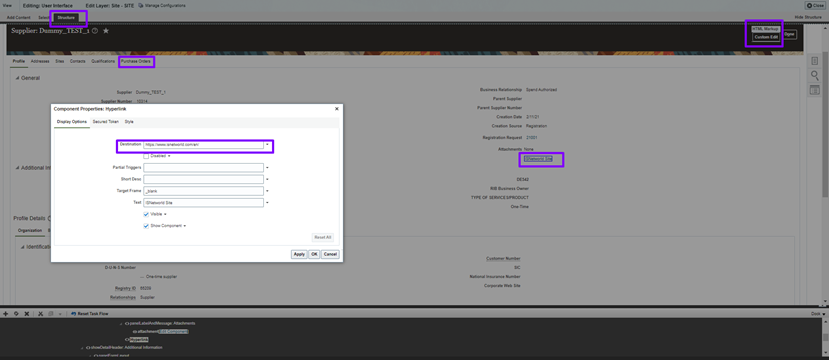
You can use Page Composer to modify flexfields specific to a page and can modify properties for the global, context, and context-sensitive segments or re-order the global segments on the page.
For example : DFFs in Suppliers page

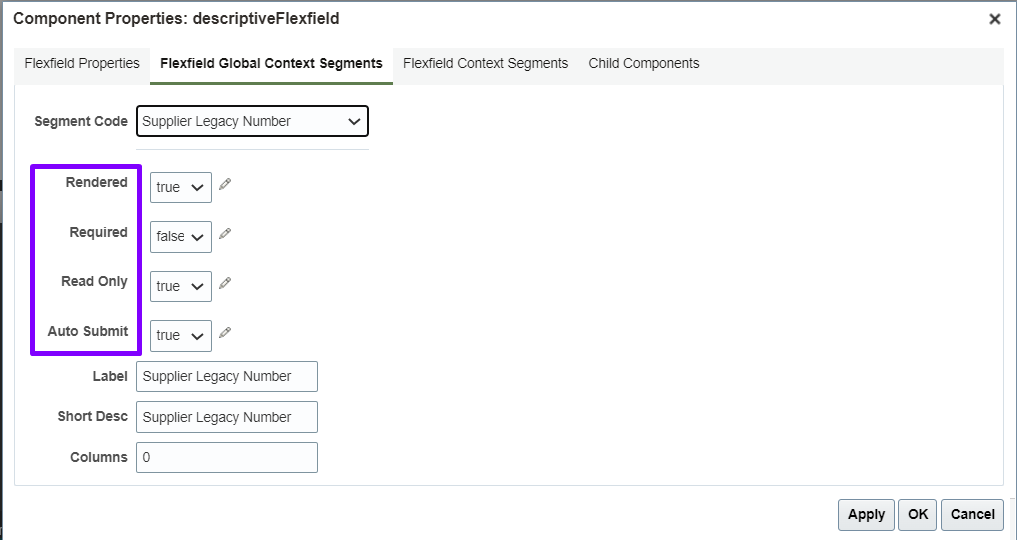
VB Studio:
With 22B or later, Oracle is permitting clients to expand the pages utilizing VB Studio, that were constructed utilizing VBCS (JET) consequently this choice is restricted to a couple of pages in Oracle Cloud at second. To check in the event that the page is permitted to be altered utilizing VB Studio, see the ’ Edit Pages in Visual Builder’ choice in Settings and Actions menu of a page.
Note: You want to set up Oracle Visual Builder Studio (VB Studio) so your clients can work with Oracle Cloud Applications in a extension.
Administering Visual Builder Studio
Administering Visual Builder Studio Set Up VB Studio to Extend Oracle Cloud Applications This chapter tells you how to…

Changes made using Visual Builder Studio are called application extensions. Here are the changes you can make using this tool.

The following are the HCM applications build with Visual builder so far, which can be extended using VB Studio as per your need.
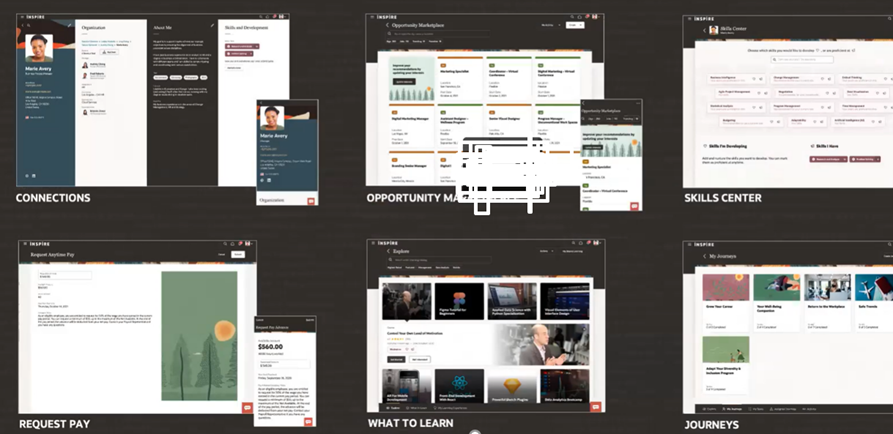

Your SaaS test climate is naturally populated with an example of Visual Builder Studio, however you can convey these application augmentations to any of your surroundings (test or creation), in addition to the test climate. VB Studio can be influence to make these above application augmentations and to make whole new custom application, which must be sent into independent VB occurrence (authorized) in contrast to that accompanies SaaS for building application expansions.
Application Composer:
Application Composer is a program based design instrument that empowers business examiners and chairmen, not simply application engineers, to expand their applications. Make the sort of information model changes which, previously, must be made by application engineers.
For instance, effectively make another item and related fields, then, at that point, make new UI pages where that article and its fields are presented to clients.
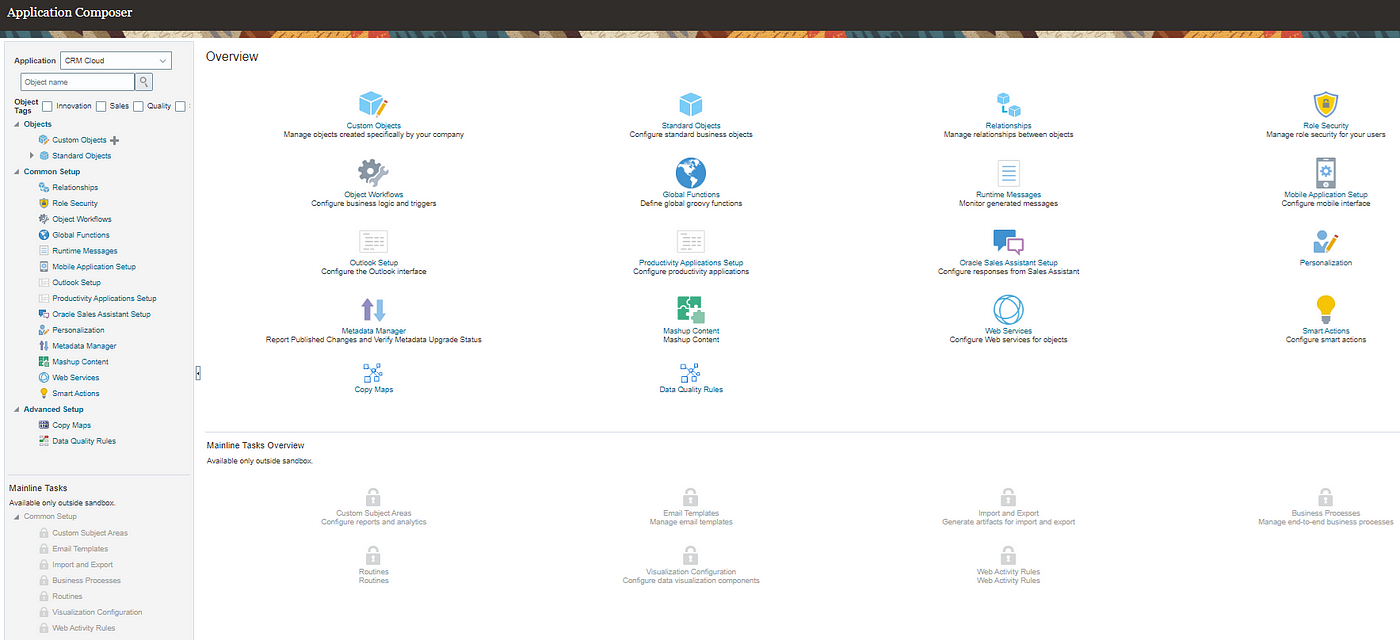
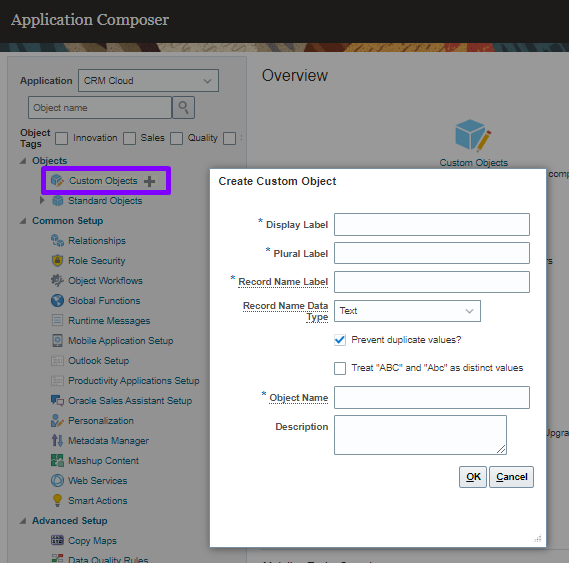
Using Application Composer, you can make application changes such as the following:
- Modify objects by adding new fields or create entirely new objects.
- Create foreign key-based relationships between two objects.
- Modify user interface pages by exposing your newly created fields for an object or create an entirely new work area for your custom objects.
Page template Composer:
The worldwide header is the highest area in the UI, and it’s accessible on all pages. It’s where you find, for instance, the Navigator. To change the worldwide header, use Page Template Composer to arrange the worldwide page format.
- Add parts, like add HTML markup
- Alter parts, for example, add articulation language to conceal the connection tag for HTML markup
- Erase parts, for example, eliminate the connection tag for HTML markup



Page Integration:
Utilize the Page Integration device to make pages for facilitating third-gathering applications (VB application in beneath guide) to address needs well defined for your association.
Every one of the new pages are at first positioned in a solitary classification or gathering, and afterward you can move them to different gatherings utilizing the Structure workspace.

Use ‘Structure’ (another tool in Sandbox) to move this new page to the standard menu you want, in this example, under ‘Projects’ menu.


Custom VB application embedded into Cloud page:

The following are a few more use cases that can be achieved using page composer:
- Added new custom tab ‘Purchase Orders’ to standard Supplier page, replaced standard ‘Edit’ button with ‘Custom Edit’ button to add additional business logic before editing (JS code to invoke external service and mimic standard button edit click on custom business logic completion, added new item ‘hyperlink’ to navigate to external or SaaS deep links. Similarly, we can add any HTML code, like input text, region, buttons etc., and can handle their events in the custom JavaScript code. We can read the values of fields displayed in the UI using the ADF bindings to pass them as parameters to the custom business logic, either in custom JavaScript code (HTML markup) or invoke external service like OIC Integration.

VBCS custom page embedded inside standard supplier page (under new custom tab).

- Theme change with dark blue and custom/external chatbot/floating widget.



